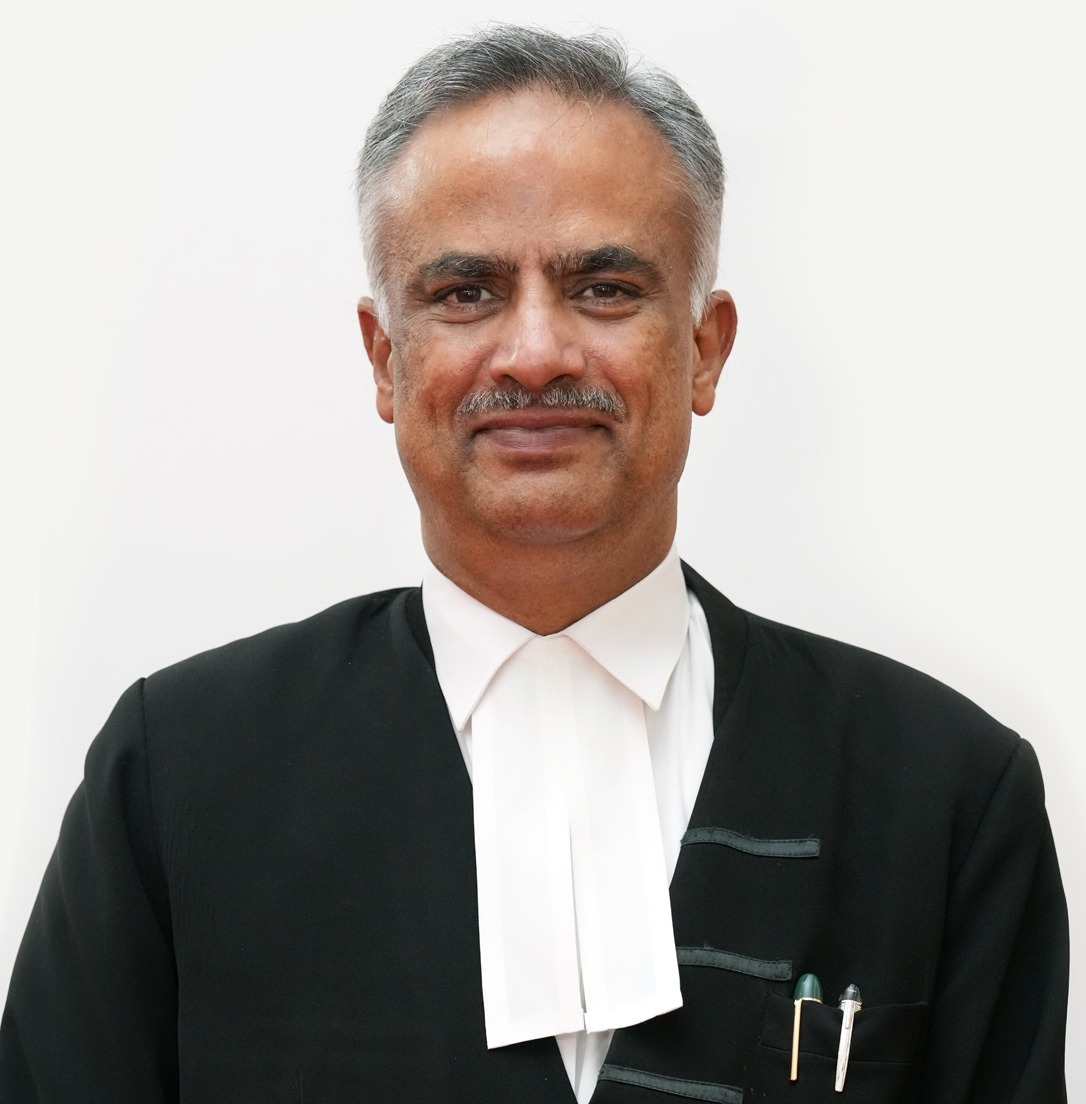New Delhi – The Delhi High Court is experiencing a transformative period with the implementation of a comprehensive Delhi High Court Collegium Shuffle that promises to reshape the institution’s administrative and judicial landscape. This significant restructuring, officially notified on Monday, introduces six new judges while simultaneously elevating the court’s senior-most judge to lead another high court.
Supreme Court Collegium Recommendations Drive Change
The Delhi High Court Collegium Shuffle originated from recommendations made by the Supreme Court collegium, headed by Chief Justice of India Bhushan R Gavai. The collegium, comprising justices Surya Kant, Vikram Nath, JK Maheshwari, and BV Nagarathna, had proposed extensive judicial transfers affecting 22 high court judges nationwide on May 26.
This comprehensive Delhi High Court Collegium Shuffle specifically targeted the Delhi jurisdiction, proposing six judges for transfer to the capital’s high court while recommending Justice Vibhu Bakhru, currently the senior-most judge after Chief Justice DK Upadhyay, as the new chief justice of Karnataka High Court.

New Judicial Appointments Transform Court Structure
The Delhi High Court Collegium Shuffle introduces a diverse group of experienced jurists from various high courts across India. The new appointments include Justice Nitin Wasudeo Sambre from Bombay High Court, Justice Vivek Chaudhary and Justice Om Prakash Shukla from Allahabad High Court, Justice Anil Kshetarpal from Punjab and Haryana High Court, and Justice Arun Kumar Monga from Rajasthan High Court.


Additionally, Justice V Kameshwar Rao, who was originally elevated to Delhi High Court in 2013 before being transferred to Karnataka in early 2024, will be repatriated to Delhi as part of this Delhi High Court Collegium Shuffle. This repatriation brings valuable experience back to the court where Justice Rao previously served.


Seniority Hierarchy Undergoes Significant Restructuring
The Delhi High Court Collegium Shuffle fundamentally alters the court’s seniority structure, which plays a crucial role in determining roster distribution, potential Supreme Court elevations, and chief justice appointments. Justice Rao is expected to become the senior-most judge after the chief justice, followed by Justice Sambre, who was elevated in 2014.
Also Read: Mumbai Prosecutor Ujjwal Nikam: 30+ year Legendary Legal Career Leads to Rajya Sabha Nomination
This restructuring through the Delhi High Court Collegium Shuffle places Justice Vivek Chaudhary as third in seniority after the chief justice, consequently pushing Justice Prathiba Singh and Justice Navin Chawla to fourth and fifth positions respectively. Such changes significantly impact the court’s internal dynamics and future leadership trajectory.
Collegium Body Composition Faces Major Transformation
The powerful three-member collegium body, responsible for recommending high court judge appointments to the Supreme Court collegium, will undergo substantial changes due to this Delhi High Court Collegium Shuffle. Currently comprising Chief Justice Upadhyaya, Justice Bakhru, and Justice Prathiba M Singh, the body will see Justice V Kameshwar Rao and Justice Nitin Sambre joining as the two senior-most judges after the chief justice.
This Delhi High Court Collegium Shuffle ensures that both new senior judges possess greater seniority than Justice Singh, fundamentally altering the collegium’s composition and potentially its decision-making dynamics. The reconstitution affects not only judicial appointments but also the permanent committee for designating senior advocates.
Legal Community Responds to Judicial Changes
The Delhi High Court Collegium Shuffle has generated significant discussion within the legal community, with senior advocates offering varied perspectives on its implications. Senior advocate Vikas Pahwa characterized the reshuffle as a pivotal moment for the institution, noting that having two of the three collegium judges from outside Delhi represents a significant realignment of inter-se seniority.
Senior advocates Siddharth Luthra and Abhijat welcomed the Delhi High Court Collegium Shuffle as addressing the court’s critical need for additional judges. They emphasized that the Delhi High Court faces immense workload pressures with reduced bench strength, making these appointments essential for effective judicial functioning.
Diversity and Institutional Impact
The Delhi High Court Collegium Shuffle introduces geographical diversity by bringing judges from various jurisdictions, potentially enriching the court’s judicial perspective. Senior advocate Manish Vashisht suggested this move could reinforce public trust in judicial impartiality by curbing local influences, while advocate Ashish Dixit described it as enhancing the court’s cosmopolitan identity.
However, former DHCBA vice-president Jatan Singh acknowledged the increased strength while expressing concerns about disturbing the existing seniority hierarchy through this Delhi High Court Collegium Shuffle.
Historical Context and Future Implications
This Delhi High Court Collegium Shuffle represents the second major reshuffle in the court this year, following earlier transfers including Justice Yashwant Varma to Allahabad High Court in March and Justice CD Singh’s repatriation to Allahabad High Court in April.
The implementation of this comprehensive Delhi High Court Collegium Shuffle marks a transformative moment that will influence the court’s trajectory for years to come, affecting everything from judicial assignments and bench formations to future leadership development and Supreme Court elevation prospects. This restructuring demonstrates the dynamic nature of India’s judicial system and its commitment to effective governance through strategic personnel management.

